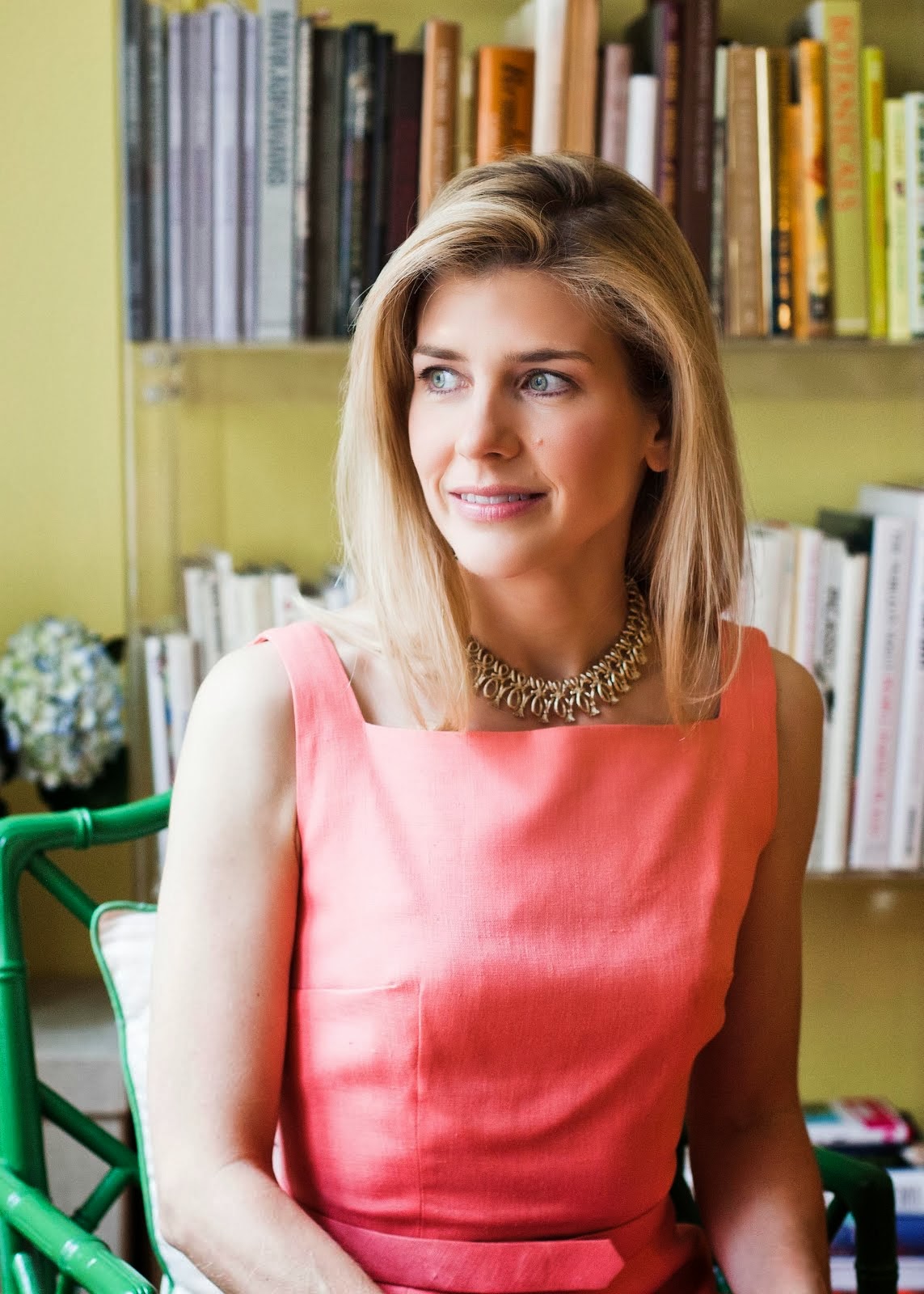Vintage Vantage
Debutante Cotillions
 |
| Passavant Cotillion 1953, Collection of the Northwestern Woman's Board |
by Stuart Mesires
In addition to signaling the “holiday season,” December also signals “debutante season” in many cities throughout the United States. Debutante balls or cotillions are held this time of year from New York to San Francisco, and many places in between.
 |
| Passavant Cotillion 1951. Collection of the Northwestern Woman's Board |
In the second half of the 16th century, during the reign of Queen Elizabeth I, the word “debutante” was adopted into English from the French when the queen began the custom of formally presenting eligible young women at court. Three centuries later, Queen Victoria gave the ceremony its present form with girls dressed in white and the official bow called a "curtsy.”
In the late 19th century, wealthy Americans began adopting many of the traditions of the Europeans. The custom of the debutante presentation was one of them. The coming-out ball was a way for young girls of a marriageable age to be presented to “suitable” young men and their families in the attempt to find an appropriate mate.
During World War I, Chicago had a famous quartet of debutantes, known as the “Big Four.” It included Ginevra King (1898–1980), Edith Cummings (1899–1984), Courtney Letts (1899–1995), and Margaret Carry (1899–1942). According to James L.W. West (author of The Perfect Hour), the Big Four were described at the time as being “the most attractive and socially desirable young women in Chicago.”
 |
| Ginevra King (1899-1980) |
Two members of the Big Four, Ginevra King and Edith Cummings, were inspirations for characters in F. Scott Fitzgerald’s book The Great Gatsby. King and F. Scott met when she was 16 and he was 18. There was an immediate attraction, and the two of them wrote letters back and forth for several years until King became engaged to another man who her family thought was a better match. F. Scott never got over King and based several characters in his books on her — most notably the character of Daisy Buchanan in The Great Gatsby.
 |
| The Great Gatsby |
F. Scott met Edith Cummings, another member of the Big Four, through King and based the character of Jordan Baker in The Great Gatsby on her. In 1923, Cummings won the U.S. Women’s Amateur Golf Open and appeared on the cover of Time magazine — she was the first golfer and first female athlete to do so.
 |
| Edith Cummings on the cover of Time in 1923 |
A turning point in the history of debutantes came with New York debutante Brenda Frazier in 1938. She was one of the “poor little rich girls” that the country had a fascination with during and immediately following the Great Depression. By her early teens, Frazier was a well-known society girl in New York who loved the nightlife. Her every move was documented in the press.
Her “debut” was a major event. She appeared on the cover of Life magazine and was featured in magazine advertisements for soap, cars, and cigarettes. She was also a trendsetter. The strapless gown she wore for her debut became her signature look and was much copied. She also started a beauty trend with her powdered pale face, contrasting red lipstick and dark hair.
 |
| Brenda Frazier on the cover of Life in 1938 |
In the 1940s and early 1950s, there was a shift away from privately sponsored debutante balls to larger debutante balls which benefited a charity or society. The Passavant Cotillion and Christmas Ball in Chicago was one of these. It was founded in 1949 and raised money for Passavant Memorial Hospital.
 |
| Passavant Cotillion 1949. Collection of the Northwestern Woman's Board. |
The inaugural Passavant Cotillion was held on December 23, 1949, at the Stevens Hotel on Michigan Avenue. It was a huge success, and the Passavant Cotillion continues today. Passavant Memorial Hospital is now part of Northwestern Memorial Hospital, and the Passavant Cotillion is still an important source of support for the hospital, raising money for research, community service, education and enhancing patient care.
 |
| Joan Peterkin photographed by Horst P. Horst in 1949. |
Above is a photo of Joan Peterkin taken by Horst P. Horst in 1949. Peterkin made her debut at the 1949 Passavant Cotillion and is pictured here wearing her custom-made gown by Christian Dior.
The cotillion dress became an integral part of being a debutante. Many debutantes had their dresses made by a dressmaker while others bought theirs. Designers such as Chanel, Schiaparelli, Dior, Vionnet, Charles James and Hattie Carnegie were known to have designed dresses for debutantes. Oscar de la Renta’s career as a designer was launched in 1956 when he designed a dress for the U.S. ambassador to Spain’s daughter, Beatrice Lodge, for her coming-out ball in Madrid.
 |
| Beatrice Lodge being fitted in her debut gown by Oscar de la Renta in 1956. |
Debutante balls began to lose favor in the mid-1960s through the 1970s due to the rejection of social conformity that was popular during that time. The June 1966 issue of Town & Countrymagazine featured New York debutante Alexandra Chace on the cover with the band The Rolling Stones.
 |
| June 1966 issue of Town & Country featuring debutante Alexandra Chace and the Rolling Stones |
At the time, it was a revolutionary idea to feature a photograph of a dressed-up debutante with a “scruffy” rock group. It signaled the changing times and attitudes toward tradition. Chace wore a Staron silk dress trimmed in ostrich feathers and Van Cleef & Arpels jewelry. The issue featured a section inside where debutantes posed with celebrities who represented professional fields of work that they wished to enter. Actor Bob Holliday, photographer Jerry Schatzberg, actor Robert Ryan, and artist Andy Warhol were featured, among others.
 |
| Mu mother and I at the Philadelphia Assembly Ball in 1987 where I made my debut. |
During the 1980s, participation in traditional activities that had been on the decline throughout the 1960s and 1970s experienced a strong resurgence. This included debutante balls. The change in attitude can be attributed to the return to more conservative values and traditions in the 1980s Regan-era.
Today, debutante balls have re-emerged as charity events and as a continuation of tradition, rather than as an introduction to society or a matchmaking opportunity. As Oscar de la Renta said in the book Debutantes, “The modern debutante is more concerned with the perfect dress than the perfect mate.”


